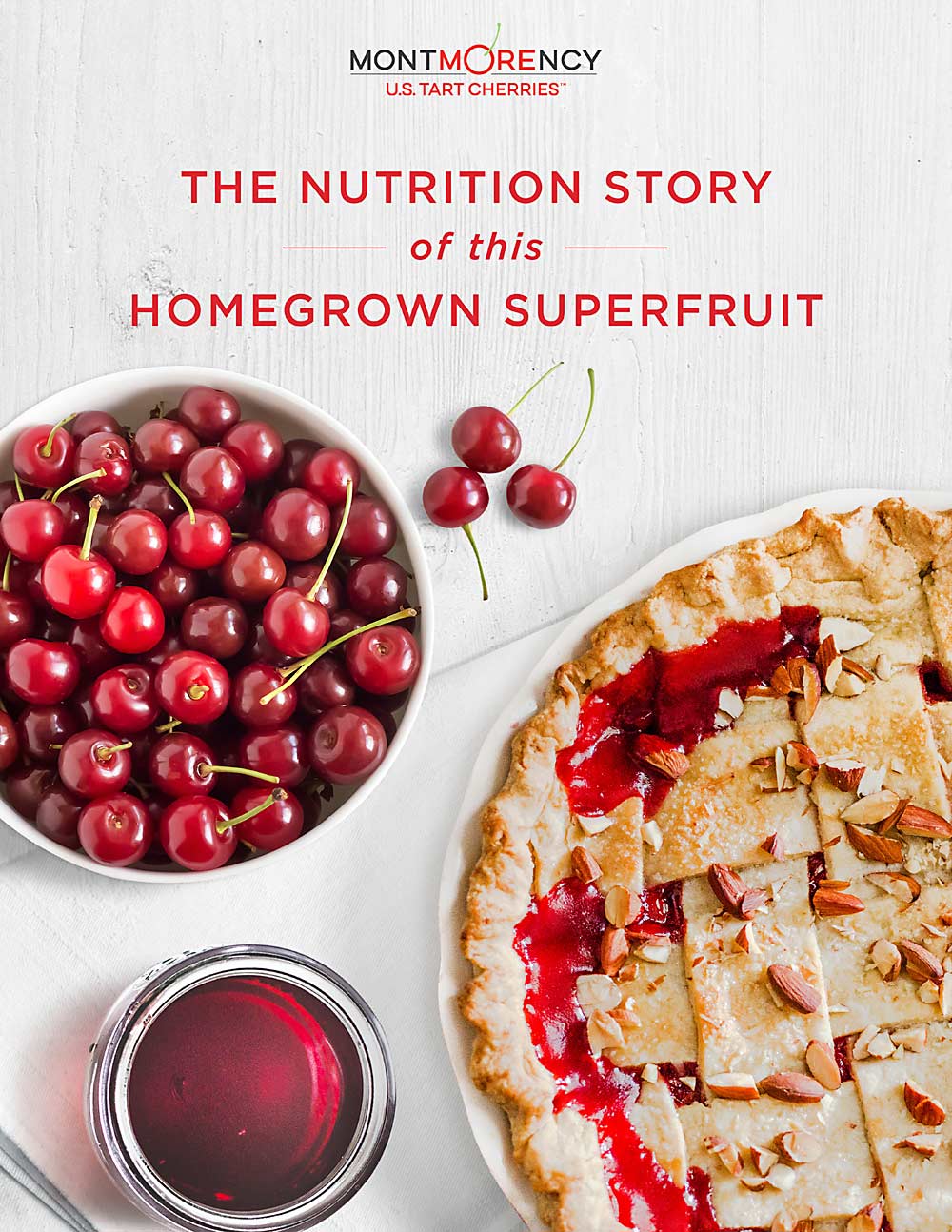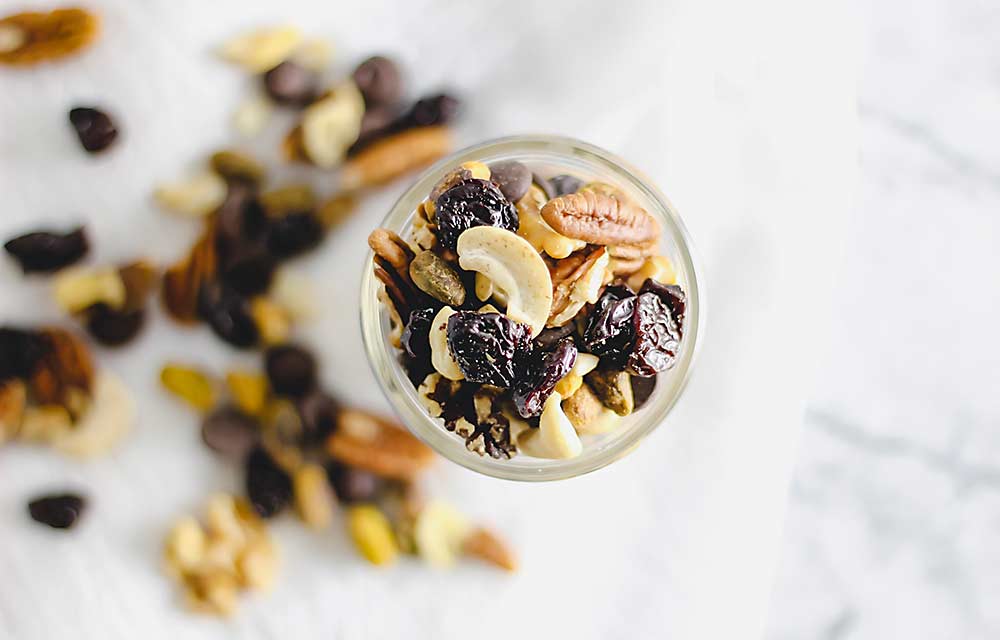
In the first week of March, the U.S. Department of Agriculture will mail ballots to growers and handlers of tart cherries throughout the country. Each ballot will ask its recipient to vote for or against continuing the industry’s federal marketing order, the Cherry Industry Administrative Board.
The 2020 referendum, the first in six years, comes at a time of transition in the U.S. tart cherry industry, when growers are being squeezed by expanding input costs on one end and shrinking profits on the other. Cheap imports have been flooding the domestic market, while changing consumer tastes have sidelined traditional sales categories. Many growers are considering getting out of tart cherries altogether.
Voters will have two weeks to return their ballots. USDA’s Secretary of Agriculture will make the final decision about CIAB’s fate, but that decision will be heavily influenced by how the industry votes. If more than 50 percent of growers and handlers — by number voting and by the tonnage they represent — choose to renew the marketing order, that will send a strong signal to USDA. But whichever way they end up voting, it’s important that they do vote. Poor turnout would send a bad signal, said Tom Facer, chairman of CIAB’s governing board and president of Farm Fresh First, a cherry handler in New York state.
During the last referendum, in 2014, 76 percent of participating growers and 74 percent of participating handlers voted to continue the order.
Mollie Woods, who’s been CIAB’s executive director since 2017, said she’s not sure what the outcome of the 2020 vote will be, but she wants to make sure growers and handlers know what the marketing order does for them.

“The thing that gets the most press is supply control,” she said. “That’s the most controversial thing we do. But we also do a lot of other things for the industry.”
That includes funding research and promotion programs that tout the health benefits of tart cherries, as well as collecting marketing data for industry usage, she said.
CIAB’s annual budget varies, depending on production, but was $1.3 million in 2019–20. The entire budget is gathered from handler assessments (there are 34 handlers nationwide, but that number changes periodically). CIAB currently charges handlers an assessment of 0.00575 cents per pound, most of which goes to its promotion and research activities, Woods said.
CIAB’s traditional role, however, is regulating supply. If the supply of U.S. tart cherries — a commodity known for its wild swings in crop size from year to year — is predicted to be higher than the demand in a particular year, CIAB restricts the surplus by not allowing it to be sold in domestic markets. Because it’s a federal marketing order, growers and handlers have no choice but to follow its dictates — and therein lies the controversy.
“A lot of growers think the best thing the order can do is dissolve and we go back to the free-market system and take our chances, while others think the order is working,” said Nikki Rothwell, a Michigan State University Extension educator in Northwest Michigan, where most of the tart cherries in the state — as well as the country — are grown. She said some in the industry think that if CIAB isn’t raising cherry prices for growers, it might be time to rethink its role.
Growers who object to CIAB’s restrictive power have been known to dump their unwanted cherries on the ground in protest — an act that can generate much fanfare from the media.
But Woods was swift to point out that CIAB does not force growers to do that.
“It’s a common myth that we force growers to dump cherries on the ground,” she said. “We have nothing to do with that. It’s an individual processor’s decision. It’s one way to divert product.”
From the perspective of Woods and other CIAB supporters, dissolving the order and going back to a “free-market, winner-take-all” scenario could lead to a lot of orchards going out of business very quickly.

But from the perspective of Bill Sherman and others who’ve clashed with the order in the past, that scenario is already happening — even with a marketing order in place.
“We have growers going out of business under the present circumstances,” said Sherman, who’s the president of Burnette Foods, a grower and processor of tart cherry products in Northwest Michigan. “The grower base continues to shrink, as does the number of merchants who buy and sell cherries. The industry appears to be in a death spiral.”
As a handler, Burnette Foods has probably paid between $2 million and $3 million in assessment fees over the life of the marketing order, “for which we’ve gotten our ass kicked,” Sherman said.
When CIAB was created in the 1990s, the domestic industry was a net exporter of tart cherry products to Europe and Japan. Today, exports have shrunk to a tiny percentage, while half the U.S. market has been flooded with cheap imports. Those imports aren’t subject to supply restrictions, either. By restricting the sale of its own crop via the marketing order, the U.S. industry is effectively tying its own hands, he said.
“We’ve walked away from our own markets,” Sherman said.
For Sherman, the bottom line is grower returns. In 2013, growers were paid 45 cents a pound for their tart cherries. In 2018 and 2019, they were paid 15 cents a pound.
Woods said CIAB was never designed to raise grower returns. It can’t legally do that, in fact. It was designed to regulate a fluctuating supply of cherries in order to normalize industry returns over the long term.
Curtis Rowley, a Utah cherry grower and member of the industry’s promotion task force, agreed with Woods. He said CIAB is a useful tool for the industry.
“Other industries don’t have a tool like this,” Rowley said. “You don’t want to get rid of the tool just because you don’t like what’s happening.” •
—by Matt Milkovich
Related:
—Tart cherry growers feeling the squeeze
—Easing tart cherry trade troubles






Leave A Comment